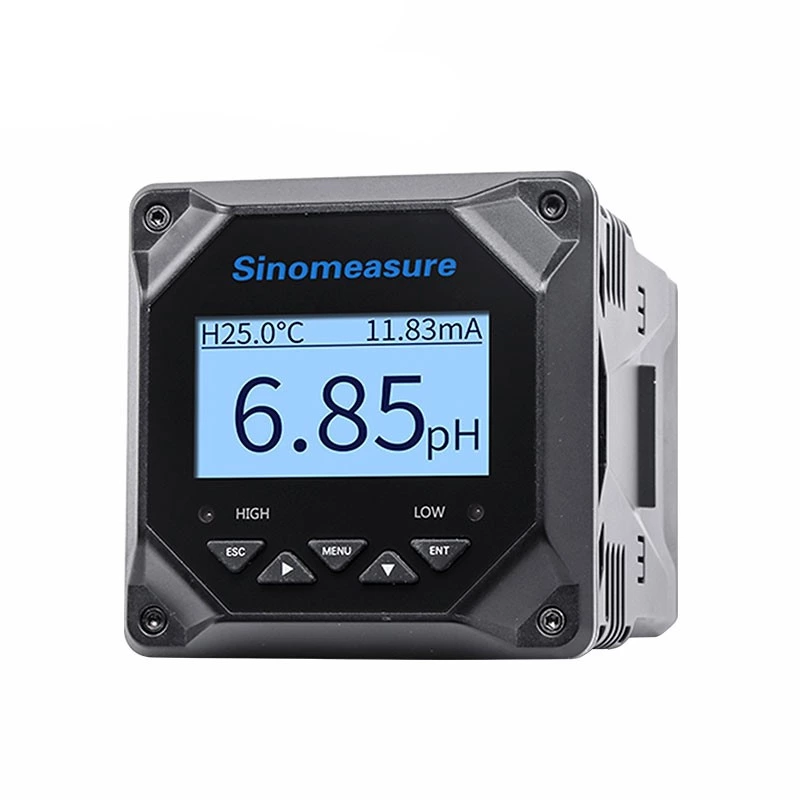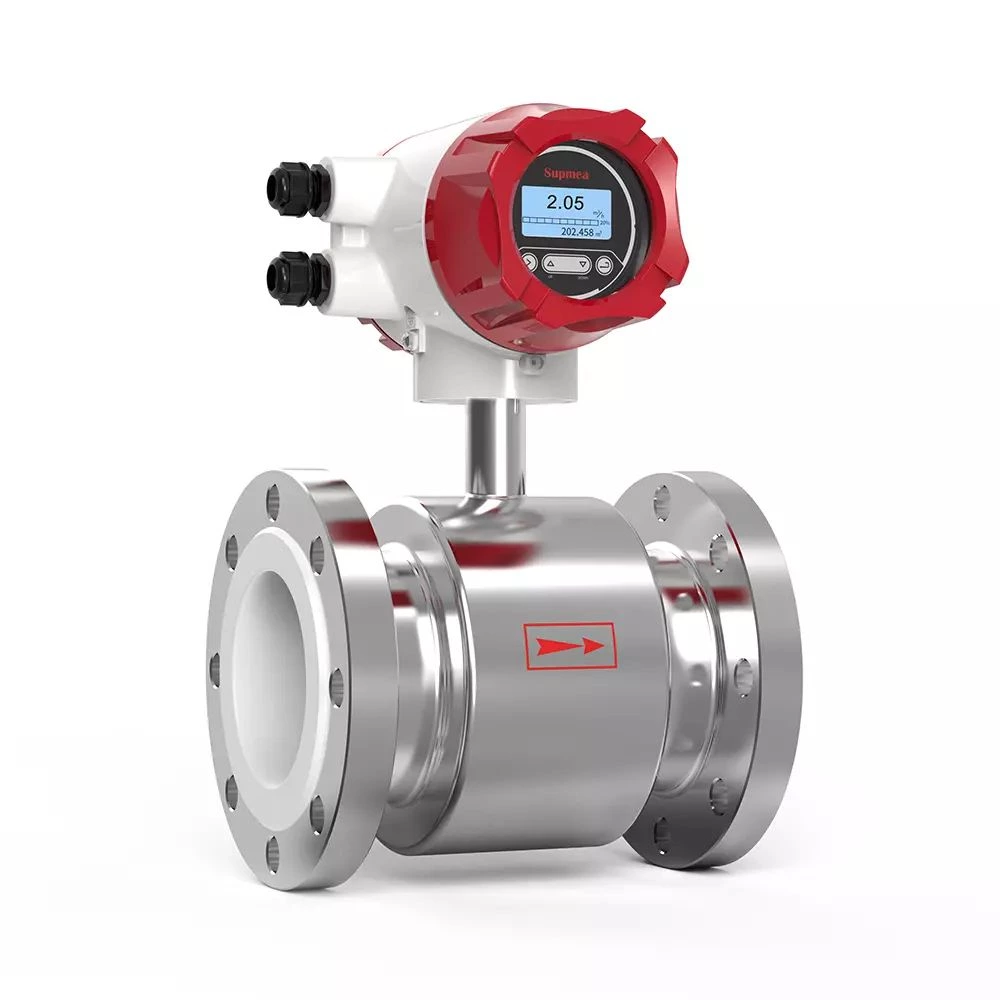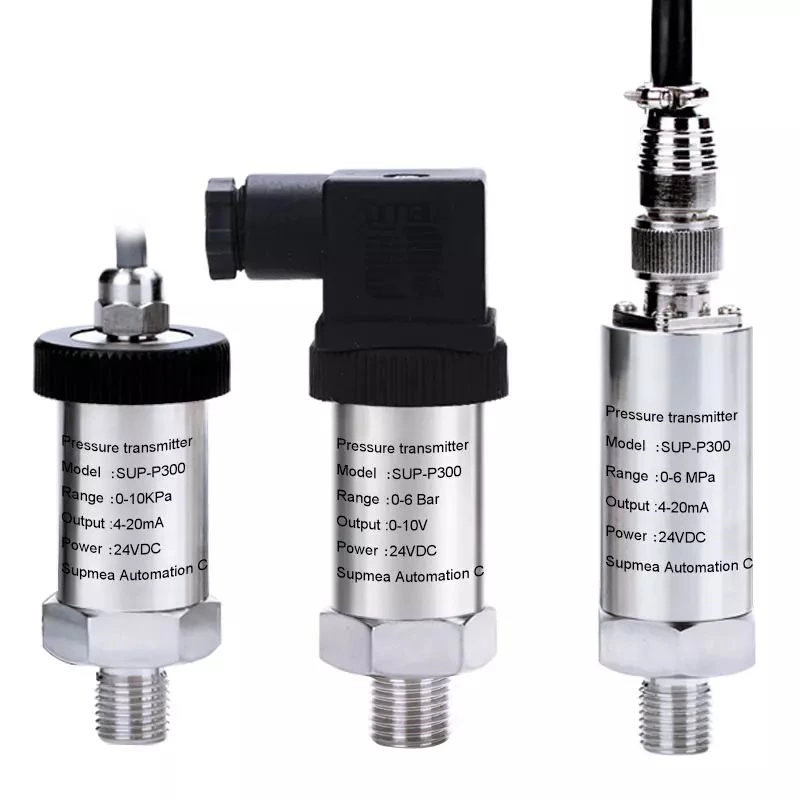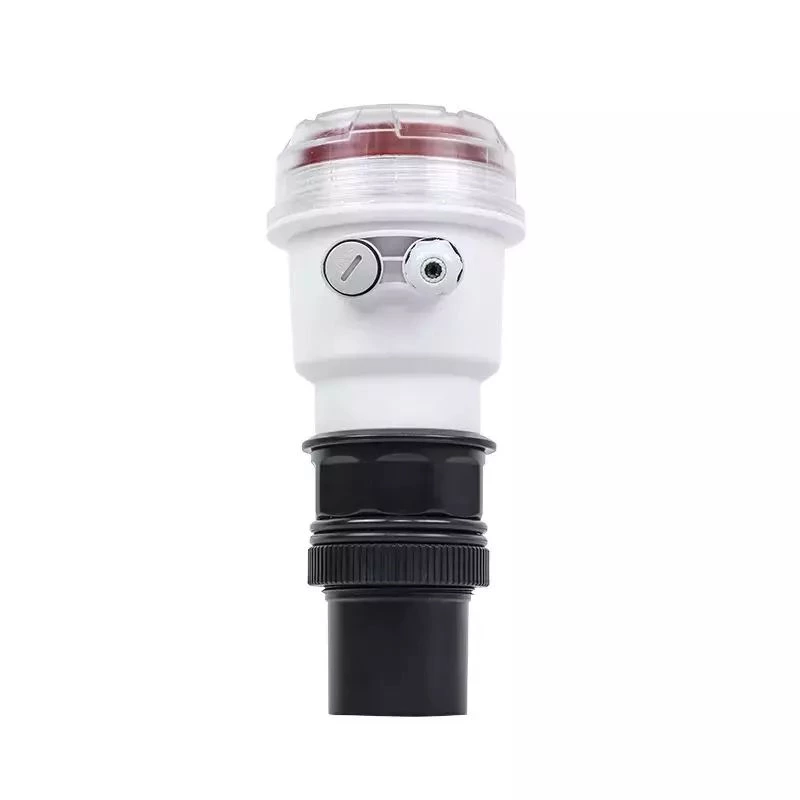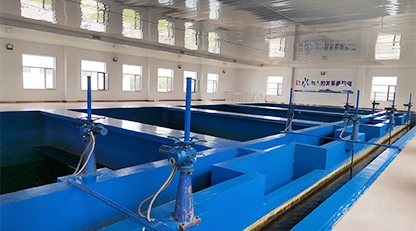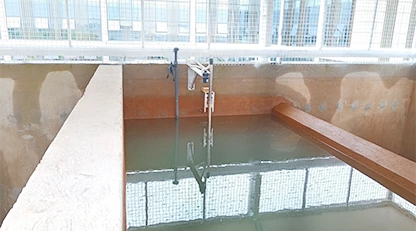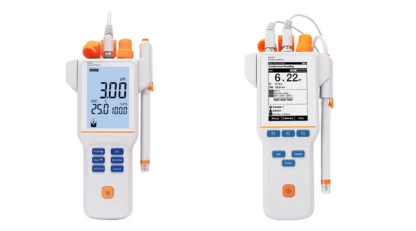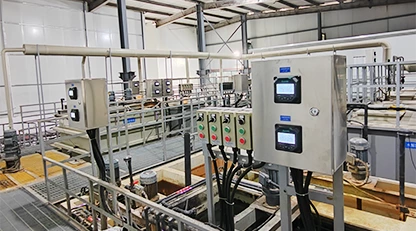Measuring turbidity is an important aspect of water quality testing. Turbidity refers to the cloudiness or haziness of water caused by the presence of suspended particles. These particles can include sediment, algae, and other organic and inorganic matter. High levels of turbidity can affect the taste, odor, and appearance of water, and can also indicate the presence of harmful bacteria and viruses.
The turbidity analyzer is widely used in the on-line monitoring of turbidity in tap water factory water, secondary water supply, pipe network terminal water, direct drinking water, membrane filtration water, swimming pool, surface water, etc., and testing the turbidity of water samples. This article will introduce how to measure turbidity with a turbidimeter.
To measure turbidity, a device called a turbidimeter is used. A turbidimeter measures the amount of light that is scattered or absorbed by suspended particles in a water sample. The more particles there are in the water, the more light will be scattered or absorbed, resulting in a higher turbidity reading.
There are several different types of turbidimeters available, including handheld devices and laboratory-grade instruments. The type of turbidimeter you choose will depend on your specific needs and testing requirements.
When using a turbidimeter, it is important to follow the manufacturer's instructions carefully. Generally, the process involves taking a water sample and placing it in a cuvette or sample cell. The turbidimeter then shines a beam of light through the sample and measures the amount of light that is scattered or absorbed.
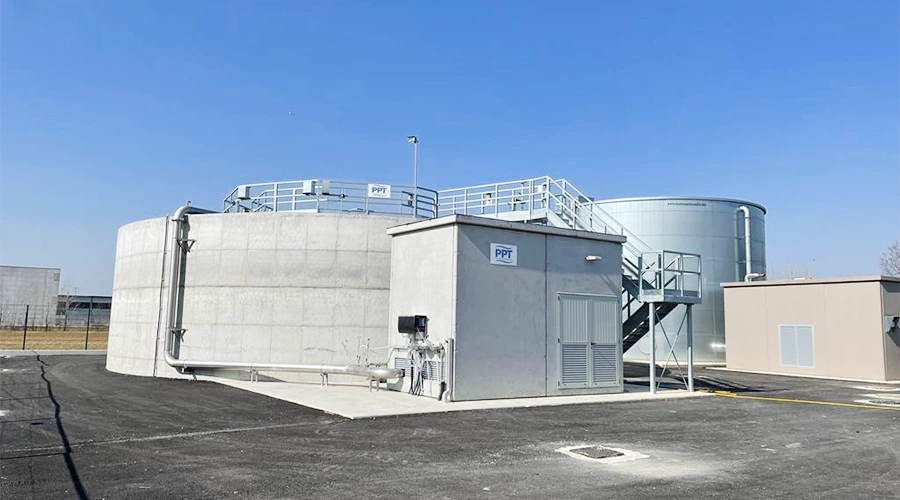
To ensure accurate results, it is important to calibrate your turbidimeter regularly. This involves testing it with a standard solution of known turbidity to ensure that it is measuring correctly. You should also clean your turbidimeter after each use to prevent contamination and ensure accurate readings.
Interpreting turbidity readings can be complex, as there are many factors that can affect the results. In general, however, lower turbidity readings indicate clearer water with fewer suspended particles, while higher readings indicate cloudier water with more particles present.
In addition to measuring turbidity, it is also important to take other water quality measurements, such as pH, dissolved oxygen, and temperature. By monitoring these parameters regularly, you can ensure that your water is safe and healthy for consumption.
Measuring turbidity is an important aspect of water quality testing. By using a turbidimeter and following proper procedures, you can obtain accurate and reliable results that will help you monitor the health and safety of your water supply.
The turbidity meter currently produced by Hangzhou Sino-measure is mainly based on the combined infrared absorption and scattering light method, and the ISO7027 method can be used to continuously and accurately measure turbidity or sludge concentration. Domestic turbidimeter brands are uneven. After comparison, Hangzhou Miko’s turbidimeter has a high overall cost performance, a good manufacturing process, relatively good performance stability, and high precision.

